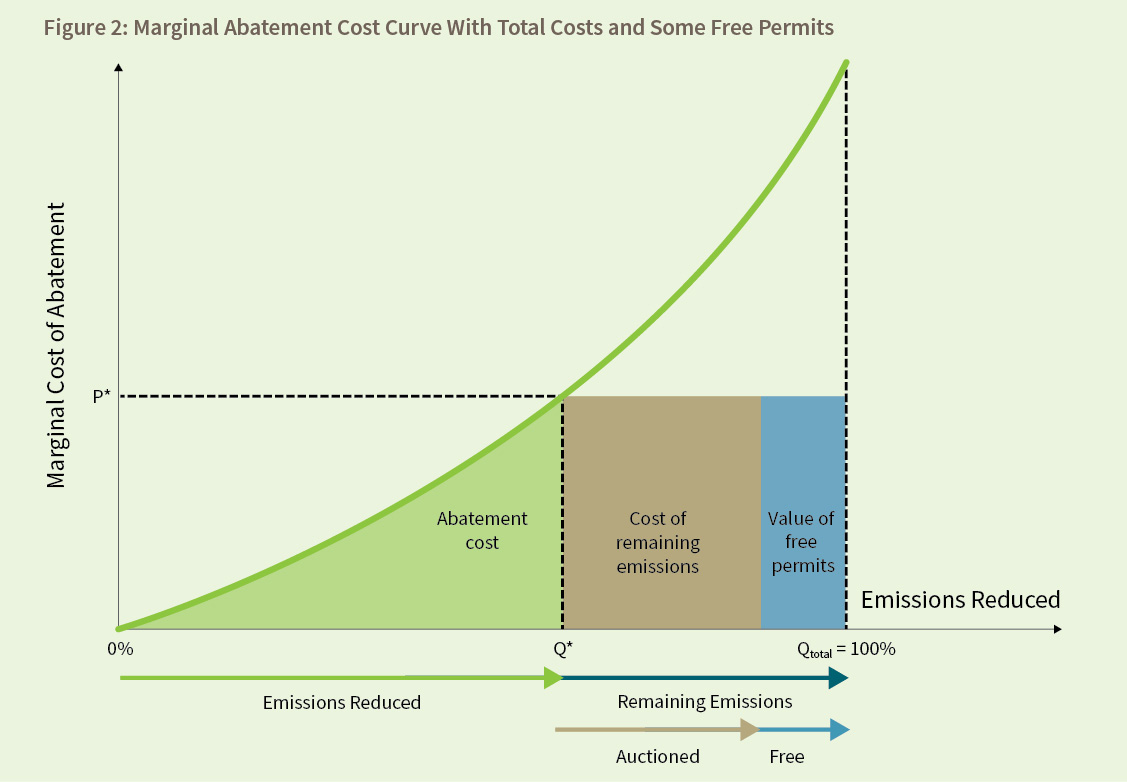Abstract
More stringent carbon pricing policy leads to greater emissions reductions. This report seeks to provide governments with a common, consistent framework for comparing the stringency of provincial carbon pricing policies. It considers five metrics of stringency, including two new metrics that seek to account for design differences between provincial policies. These metrics can support efforts to benchmark the contributions of existing provincial carbon pricing policies. They can also support efforts to coordinate provincial policies nationally. We find that considering multiple metrics of stringency is useful, however we also conclude that the trade-adjusted carbon price is a practical and flexible means of comparing stringency across provincial policies that could be especially useful in efforts to coordinate provincial policies.
Executive Summary
Carbon pricing is not automatically effective at reducing greenhouse gas (GHG) emissions. Effectiveness depends on stringency, a measure of the policy’s ability to drive emissions reductions. More stringent policy creates stronger incentives and leads to deeper emissions reductions over time.
How can we measure the stringency of any given carbon pricing policy, and do so in a consistent manner that allows for comparisons across Canadian provinces? This report seeks to provide governments with a common, consistent framework for comparing provincial carbon pricing policies.
Given the gap between projected GHG emissions under current policies and Canada’s existing 2030 target, more stringent policy will clearly be required, across the country. The framework developed here can support federal–provincial efforts to benchmark the stringency of existing provincial carbon pricing policies.
This report considers five metrics for stringency, as summarized in the table below. To make these metrics concrete, we estimate them for four different provincial policies—British Columbia’s carbon tax, Alberta’s carbon levy and (proposed) Carbon Competitiveness Regulation, and the linked cap-and- trade systems in Ontario and Quebec. Each of the metrics shows slightly different aspects of policy stringency. Some are directly observable, while others can only be estimated using economic modelling. Overall, it is useful to consider multiple metrics in benchmarking provincial policies.
As Canadian policy continues to evolve, metrics for comparing stringency can also support efforts to coordinate provincial carbon pricing policies. There are different paths to a coordinated pan-Canadian system. The provinces themselves, for example, could choose to align their respective policies. Alternatively, the federal government could define a minimum level of stringency, with provincial policies meeting or exceeding that level being deemed “equivalent.” In either case, some metric of stringency is needed to define equivalent policy.
In the context of coordinating provincial carbon pricing policies, equalizing marginal carbon prices can minimize the overall costs of emissions reductions. Yet when provincial policies have different designs—in particular with respect to coverage and international permit trading—price alone may be less useful as a metric for coordination. As a result, the new metrics proposed here that account for these differences in policy design could support efforts to compare and coordinate provincial policies.
No metric of stringency is perfect. Yet even imperfect metrics can be useful and can aid in developing smart climate policy. This report examines differences between provincial policy designs and seeks to find common ground between different perspectives. It recognizes the importance of both quantities of emissions reductions and explicit carbon prices, but explores practical ways to compare them in a common framework.

Deeper Dive into Stringency
The marginal price of carbon and average carbon costs are measured in the same units ($/tonne), but they measure very different things. Average cost differs from the price of carbon both in terms of how it is estimated for different policies and what it means for stringency, as illustrated in Figure 2. The marginal carbon price is the emitters’ financial incentive to reduce an additional tonne of emissions (P*); the average carbon cost represents all the costs to emitters incurred as a result of complying with the policy (the total costs incurred by emitters divided by total covered emissions).

To learn more about the other metrics, coverage-weighted and trade-adjusted carbon prices read the full report.
Read the Report Webinar Registration
